“Walking isn’t fun unless you’re doing it for something,” my seven-year-old son reported as we strolled across the grounds at Olana State Historic Site last week, searching for our next geocache.
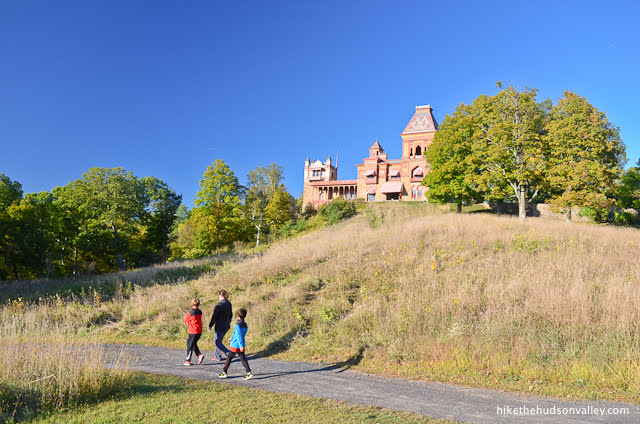
While it can sometimes be tough to get my kids jazzed about going “hiking,” they ask all the time to go “geocaching,” which is just hiking combined with treasure hunting. (The biggest difference is that when you’re geocaching, you’ll need to allow time for your kids to dive head-first into suspicious tree stumps.)

A quick geocaching primer
If you’ve never heard of geocaching before, then you are what is known in the geocaching world as a “muggle.” (And if you don’t catch the Harry Potter reference, that makes you a muggle squared.)
I am by no means an expert in geocaching, but I have used it to trick my kids into hiking enough times that I think it’s worth talking about here, in case you (or another awesome person) might be able to harness the power of geocaching to turn potential adventurers into actual adventurers.
If you’re a muggle, you’d probably benefit from watching this quick YouTube explanation of geocaching. I’ll wait at the next paragraph.
Pretty cool, right? The only caveat I’ll add is that they may play up the “free geocaching account” part a little too much. The free app will get you started, but you’ll need to shell out 10 bucks for the full version of the app if you really want to do stuff (and if you get SUPER into it, you’ll have an opportunity to shell out a few more bucks to upgrade your account, but you could pretty much geocache for the rest of your life by cruising by on that initial 10-buck investment).
How many geocaches are stashed around the Hudson Valley? Many thousands. In pretty much every public space (and a bunch of private ones, too), you’re never far from a geocache. Here’s a screen grab of the geocaches around Poughkeepsie — check out the path of the Dutchess Rail Trail lined with geocaches:

You use your phone to navigate to the approximate location of any geocache you select, then, once you get within about twenty feet, you need to bust out your sleuthing skills.

Sometimes, they’re in pretty sneaky places!
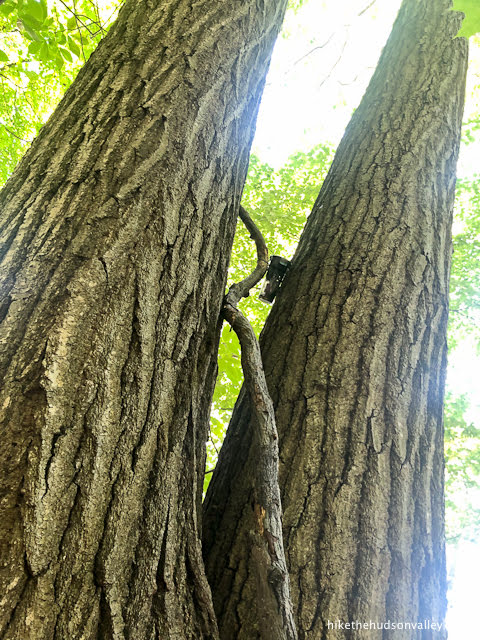

Most geocaches operate as a “give-a-trinket, take-a-trinket” operation. The rule is that you’re supposed to leave things of equal or greater value than you take. We’re usually talking about erasers, little army men, poker chips, general junkery. Great way to unload the Happy Meal toys currently rolling around on your floorboard!
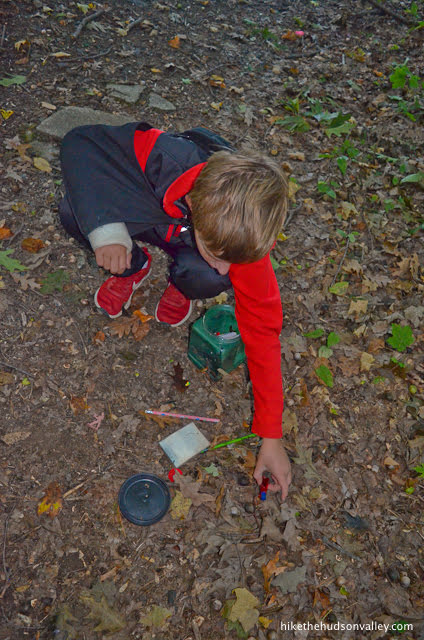
2019 Taconic Region Geocache Challenge (May 25 – Nov 11, 2019)
While tricking my sons into hiking with me (i.e. geocaching) at Baird Park one evening this summer, we stumbled upon a geocache that had this description:
This Cache is placed as part of the 2019 Taconic Region Geocache Challenge… Find 45 challenge caches in the Taconic Region and stamp your passport to earn a trackable geo-coin.
“TRACKABLE GEO-COIN???? WE HAVE NO IDEA WHAT THAT IS, BUT WE MUST HAVE IT!!!” we all decided.
Thus began our quest to find 45 geocaches stashed around various state parks in the area: Baird Park, Olana, Norrie Point, Wonder Lake, etc.
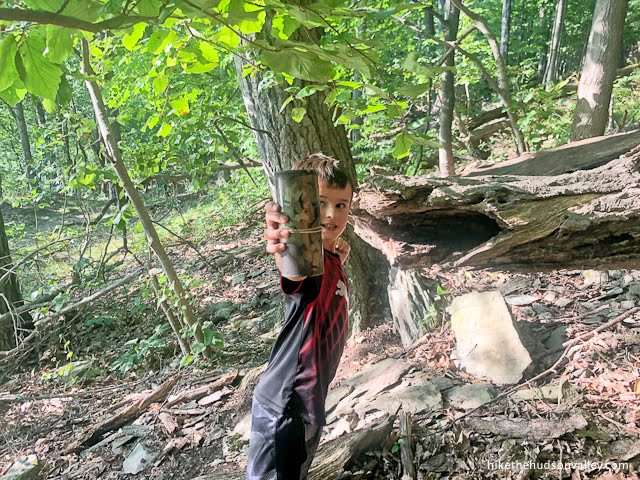

It’s a tough challenge! We’re about halfway there, and at this point, it’s probably time to admit that we are highly unlikely to find 45 geocaches before the challenge expires on Nov 11.
But we’ve had so much fun trying, it’s quite possible that we’ve found some things that are more important than a trackable geo-coin.
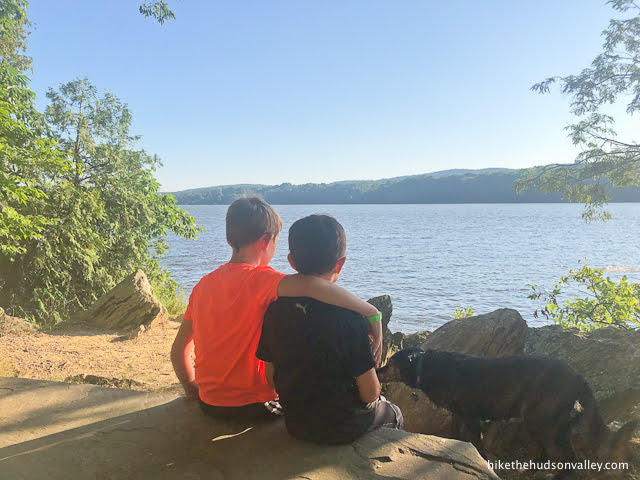

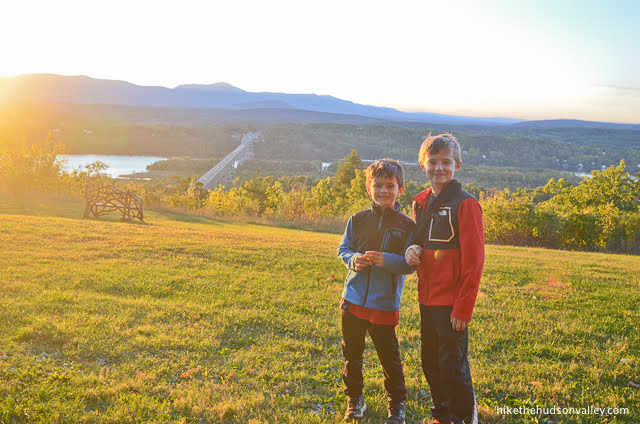
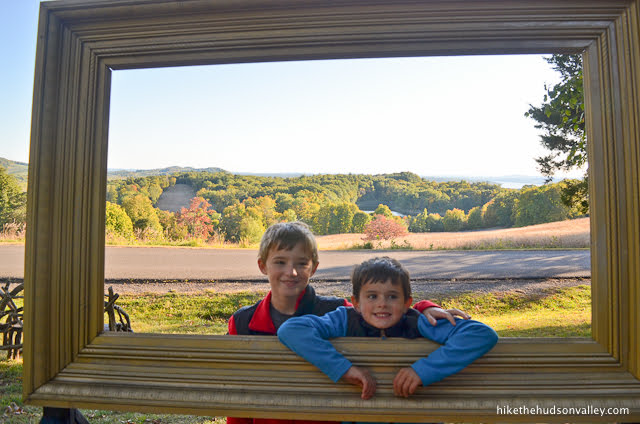

Seriously, what is a trackable geo-coin, though? Whatever it is, I still kinda want one.
Much like I trick my kids into hiking with geocaching, the NY State Park system has tricked us into exploring some great new spots with this geocaching challenge. Did you know that Baird Park has a beautiful new playground? We didn’t, either!
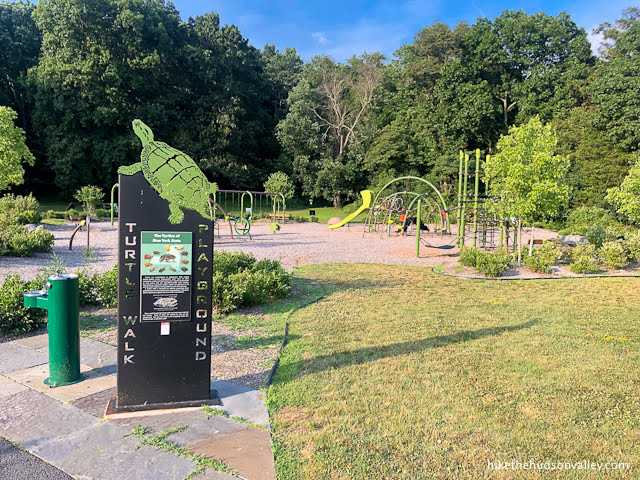
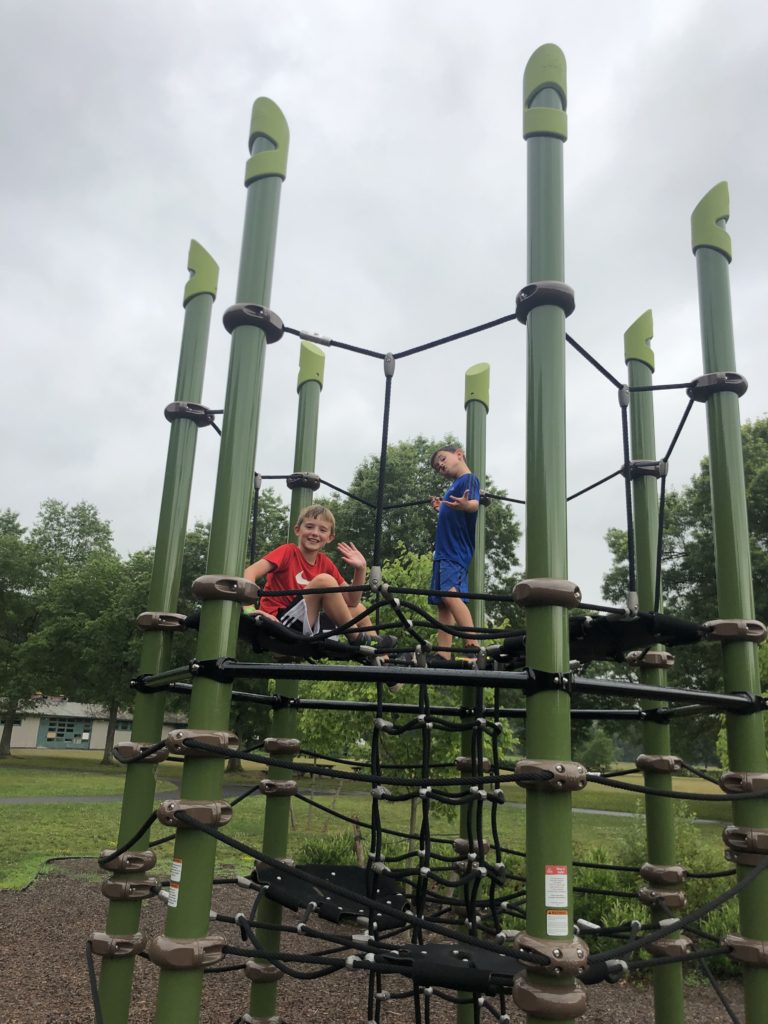
If you hit Norrie Point State Park at the right time (mid-July or so), it’s raspberry central! We didn’t know that.
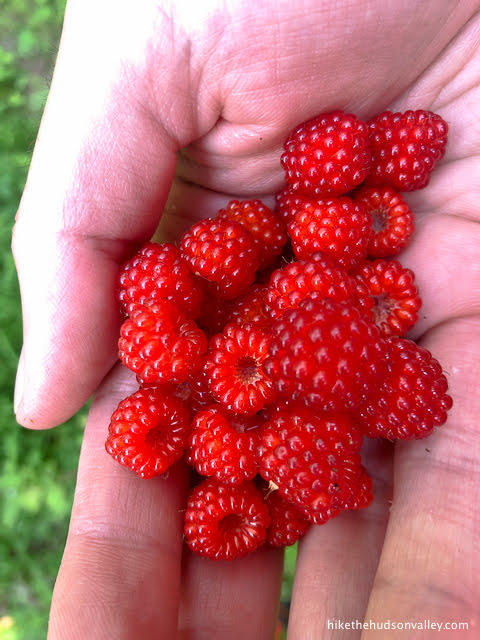
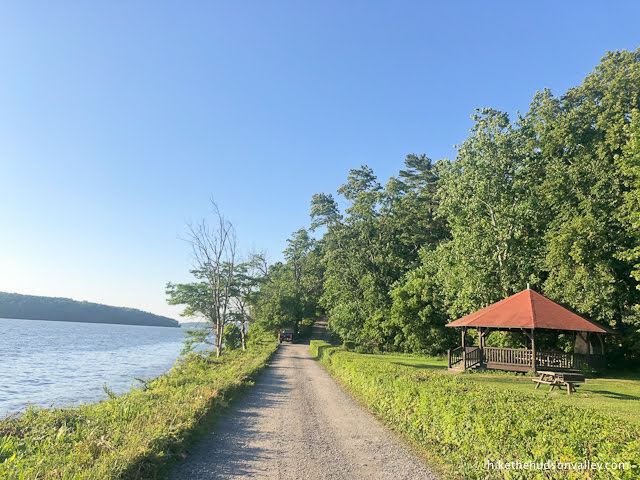
We also learned that Olana State Historic Site has to be one of the best places in the Hudson Valley to take in a sunset.

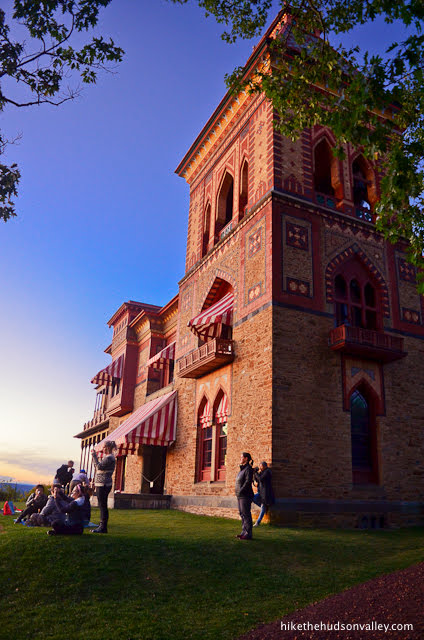
We may never find out what a trackable geo-coin is, but that’s really beside the point after all, isn’t it? (I still want one, though.) If you know someone who agrees with my son that “walking isn’t fun unless you’re doing it for something,” geocaching might just be your something.
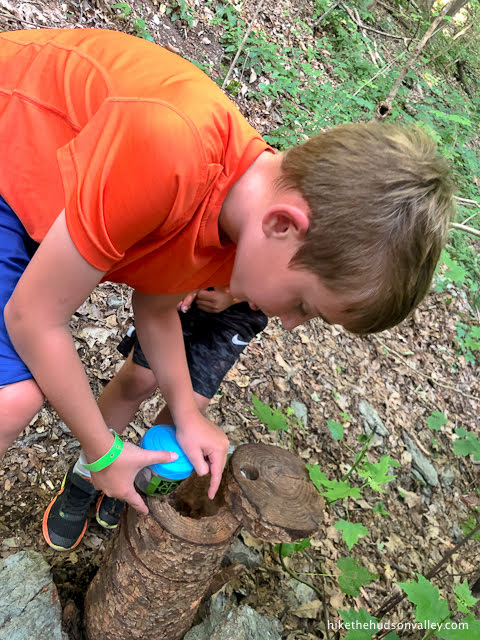
People who are more experienced at geocaching than me: What’d I miss? What else should people know? What the heck is a trackable geo-coin?

Hi, Mike,
As a geocacher, and one who greatly enjoys and appreciates your site, I’ll take a whack at answering your “what is a geocoin” question. Geocoins and travel bugs are two of the most common kinds of geocaching trackable. A trackable is an item that is intended to travel from cache to cache, each having a unique serial number registered with geocaching.com. A geocoin, specifically, is a commemorative custom-designed coin, often very attractive, with the serial number engraved on it. The owner releases a trackable into the wild by dropping it off in a cache and logging online (at geocaching.com) the fact that he has done so. A cacher who then finds that trackable in the cache can retrieve it and log the retrieval, using the trackable serial number, when he logs the cache find. By doing so, he accepts the obligation of moving it to another cache, again logging the relocation. Each time the trackable is logged as having been retrieved or dropped off, the owner is notified and can thereby track its movements (hence the name). Each trackable has its own page at geocaching.com, which lists all its movements and graphs them on a world map. All this is described (not as well as I’ve done it, of course) at https://www.geocaching.com/track/.
I’ve released a dozen or so trackables myself, and it’s a lot of fun to watch where they go. My most successful travel bug was a space shuttle commemorative tag attached to a miscellaneous circuit board scavenged from some defunct appliance. I launched it here in the Hudson Valley, and it sat without moving for a couple of months. But then it went to Pennsylvania, Virginia, South Carolina, Indiana, and Florida. From there, it crossed multiple oceans, traveling to Germany, Switzerland, Singapore, Indonesia, and Australia before finally “going dark”, accumulating 21,300 miles in the process. (Eventually, trackables stop moving. Somebody forgets they have it and it sits in the bottom of a knapsack for years, or it gets lost, or, regrettably and very inappropriately, somebody decides they’d like to keep that shiny whatsit.)
You can assign missions to trackables – go to Disney, or visit all 50 states, or race with another trackable to be the first to reach Yazoo City, or just to travel around randomly. People who retrieve them then try to help them on their mission by moving them to a cache in the right direction or one that has the desired attributes.
All this is one of the many things I enjoy about geocaching. I’m afraid I’ve come to share your son’s opinion – no matter what spectacular scenery or historical significance a particular hike might boast, it’s not a real hike unless there’s a cache or two along the way.
So nice to hear from you, Bill, and thank you so much for taking the time to share this excellent explanation of the finer points of geocaching! The Taconic Region Geocache Challenge is over now, and we indeed did not finish it. But now that you’ve explained what a trackable geo-coin is, I want one even more! Hopefully, they’ll do it again this year. And with approximately eleven zillion (“Zillion’s not a number!!” – our seven-year-old, every time I say the word “zillion”) caches stashed around the Hudson Valley, that should keep us plenty busy in the meantime. Really appreciate you dropping by and sharing your wisdom here! Let me know if I can ever help you get one of your trackables to Yazoo City 🙂
If you want to do a super hardcore version of geocaching with real treasure, then pick up a copy of The Secret.
http://thesecret.pbworks.com/w/page/22148559/FrontPage
https://www.discovery.com/shows/expedition-unknown/articles/a-beginner-s-guide-to-the-secret-treasure-hunt
That is a crazy story, Jeff – thank you for sharing! Let’s go find some casques!
We tried to get into geocaching last summer with my now 7 year old thinking we’d all love it but it was way more frustrating than I thought it would be. We spent a lot of time not finding caches and then staring at our phones looking at comments to figure out if we were just bad at it, or if the cache wasn’t there anymore. It sounds like it was just us? We used to do “letterboxing” but there doesn’t seem to be very much of those anymore.
Hi, Elysa! It’s not just you – I’ve definitely experienced that feeling with a few geocaches, and there have been some that we never found. I just recently discovered the “hint” button in the app for each cache, which can be really helpful. The caches that were stashed as part of Taconic Region Challenge have all been found so many times now that most of them have “geotrails” leading to them, where people have tromped through the brush. We usually just look for the geotrails now, and it takes us right to them. You might have more fun looking for some of those. Hope you have better luck out there if you give it another whirl!